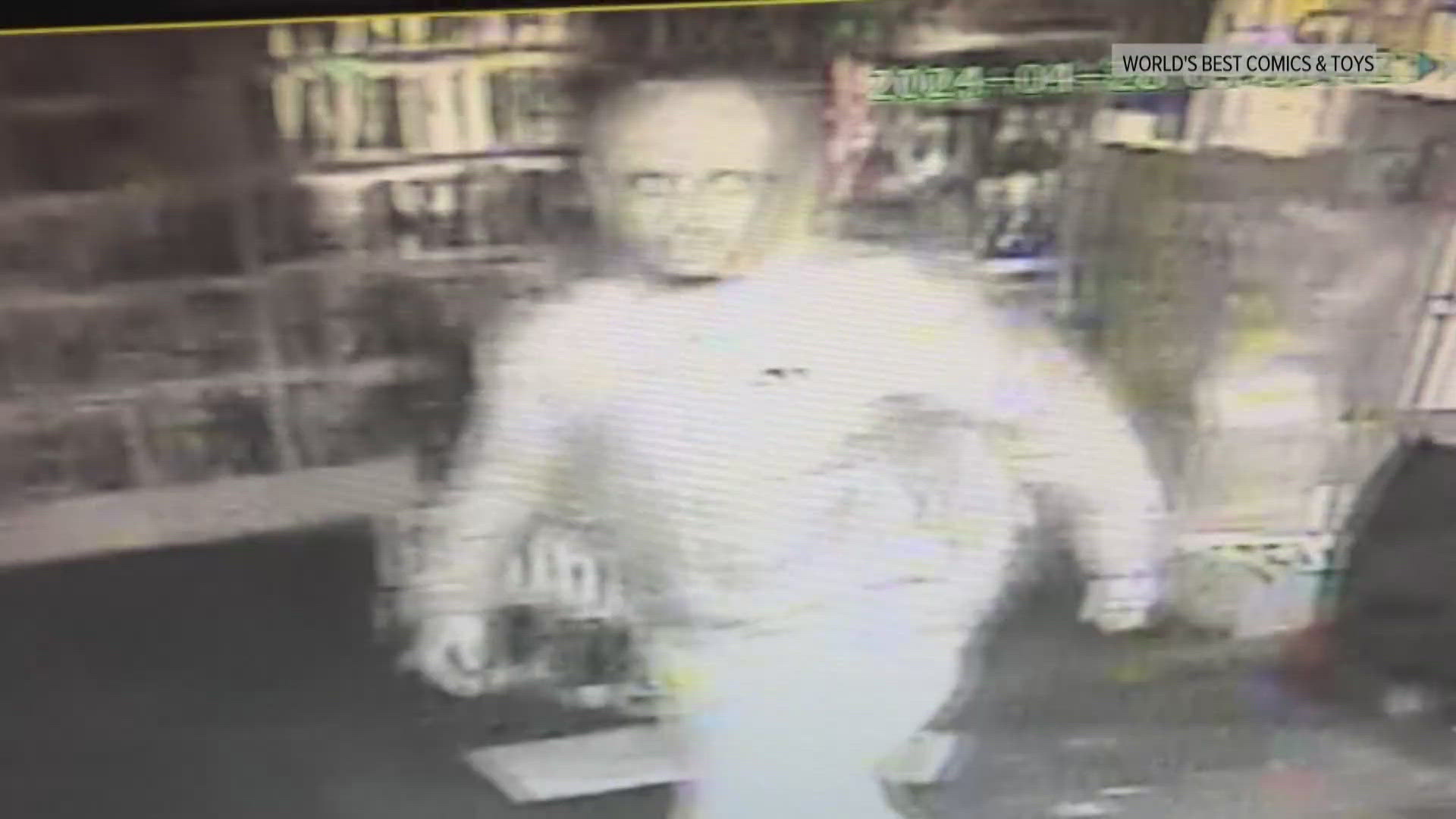FOLSOM, Calif — A $1,000 bill was stolen during a burglary Saturday in Folsom.
The bill from 1934 was stolen from a house in the Woodbridge neighborhood around 6:30 p.m., according to Folsom Police Department spokesman Cmdr. Andrew Bates. The resident reportedly came back and found their home broken into with multiple items gone, including the bill and six gold coins, Bates said.
Daniel Sutton is the co-owner of Folsom Coins & Currency, a coin dealer and collector. Sutton said while the store hasn’t seen any $1,000 bills in the last few days, it’s common for thieves to show up and try to sell stolen property.
“We have a sign up at the front that says ‘we do not buy and are not interested in stolen property,’” Sutton told ABC10. “We usually ask questions like, ‘How long have you had it?’ and ‘Why did you decide to sell it?’”
Sutton said if law enforcement or theft victims share stolen bills’ serial numbers or other item information with local pawn, coin or collector shops in the area, they call the police if the item appears during a transaction.
How often does Folsom see $1,000 bills?
Seeing a $1,000 bill at his shop occurs about six times a year, Sutton said. A bill from 1934, such as the one in the burglary, likely displayed President Grover Cleveland.
On July 14, 1969, the U.S. Department of the Treasury and the Federal Reserve System announced currency notes in denominations of $500, $1,000, $5,000 and $10,000 would be discontinued immediately due to lack of use, according to the treasury’s Bureau of Engraving and Printing (BEP).
The $1,000 bill was printed in a 1928 series, according to the BEP. Although they were issued until 1969, they were last printed in 1945.
“Quite often somebody comes in to sell them, (and) they’ll usually have more than one,” Sutton said. “For us, it’s not really that odd. The amount of the value is usually dependent on the condition of the note.”
Recently, the $1,000 bill’s value has risen, according to Sutton.
“Even in bad condition, they command a large premium over the face value,” he said. “If it’s in really high condition, they can command five figures. The lower end circulated notes will go from $1,500 to $2,000. If they get nicer, (from) $3,500 to $5,000.”
If a bank receives a $1,000 note, Sutton said it gets sent to the U.S. Treasury to be destroyed because the bills are no longer in circulation.
The United States no longer issues bills in larger denominations, but they are still legal tender, according to the U.S. government. American paper currency is active in seven denominations: $1, $2, $5, $10, $20, $50 and $100.
Uncommon or discontinued bills also include the $100,000 note featuring President Woodrow Wilson, which the BEP said was actually a gold certificate never issued for public use.
The officer who responded to the Folsom resident’s $1,000 bill burglary followed several leads, but no arrests have been made, according to the Folsom Police Department. The case will be reviewed by the investigation division for more follow-up.
For more Folsom coverage, stream ABC10+ on your TV for free:
► Roku - click here
► Amazon Fire - click here
► Apple TV - click here

















